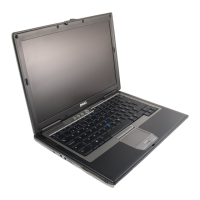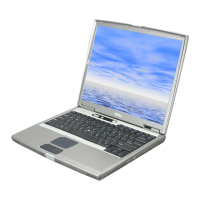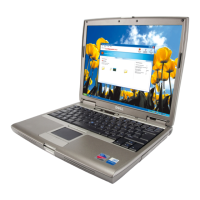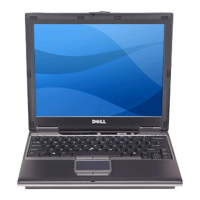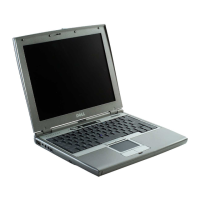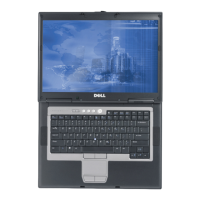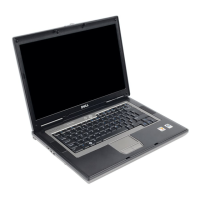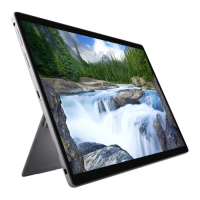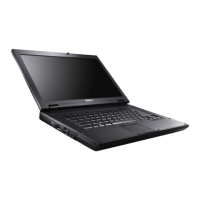98 System Setup Program
On each screen, the system setup options are listed at the left. To the right of each option is the setting
or value for that option. You can change settings that appear as white type on the screen. Options or
values that you cannot change (because they are determined by the computer) appear less bright.
The upper-right corner of the screen displays help information for the currently highlighted option; the
lower-right corner displays information about the computer. System-setup key functions are listed across
the bottom of the screen.
Commonly Used Options
Certain options require that you reboot the computer for new settings to take effect.
Changing the Boot Sequence
The boot sequence, or boot order, tells the computer where to look to find the software needed to start the
operating system. You can control the boot sequence and enable/disable devices using the Boot Order
page of the system setup program.
NOTE: To change the boot sequence on a one-time-only basis, see "Performing a One-Time Boot" on page 98.
The Boot Order page displays a general list of the bootable devices that may be installed in your
computer, including but not limited to the following:
•
Diskette Drive
•
Modular bay HDD
•
Internal HDD
•
Optical Drive
During the boot routine, the computer starts at the top of the list and scans each enabled device for the
operating system start-up files. When the computer finds the files, it stops searching and starts the
operating system.
To control the boot devices, select (highlight) a device by pressing the down-arrow or up-arrow key, and
then enable or disable the device or change its order in the list.
• To enable or disable a device, highlight the item and press the space bar. Enabled items appear as white
and display a small triangle to the left; disabled items appear blue or dimmed without a triangle.
• To reorder a device in the list, highlight the device and then press <u> or <d> (not case-sensitive) to
move the highlighted device up or down.
Boot sequence changes take effect as soon as you save the changes and exit the system setup program.
Performing a One-Time Boot
You can set a one-time-only boot sequence without entering the system setup program. (You can also use
this procedure to boot the Dell Diagnostics on the diagnostics utility partition on your hard drive.)
1
Shut down the computer through the
Start
menu.
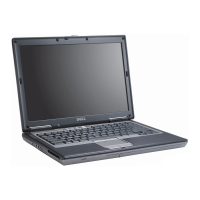
